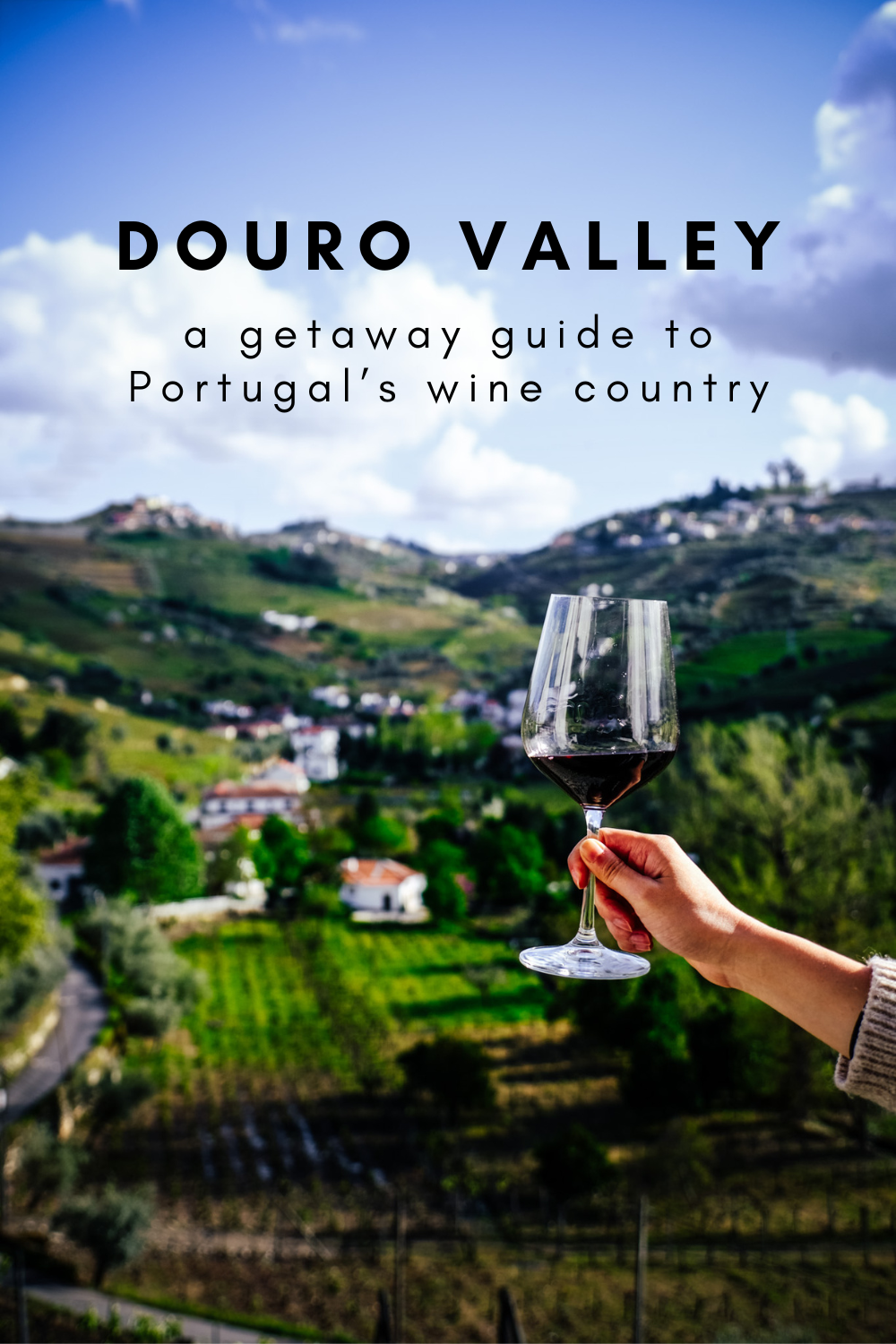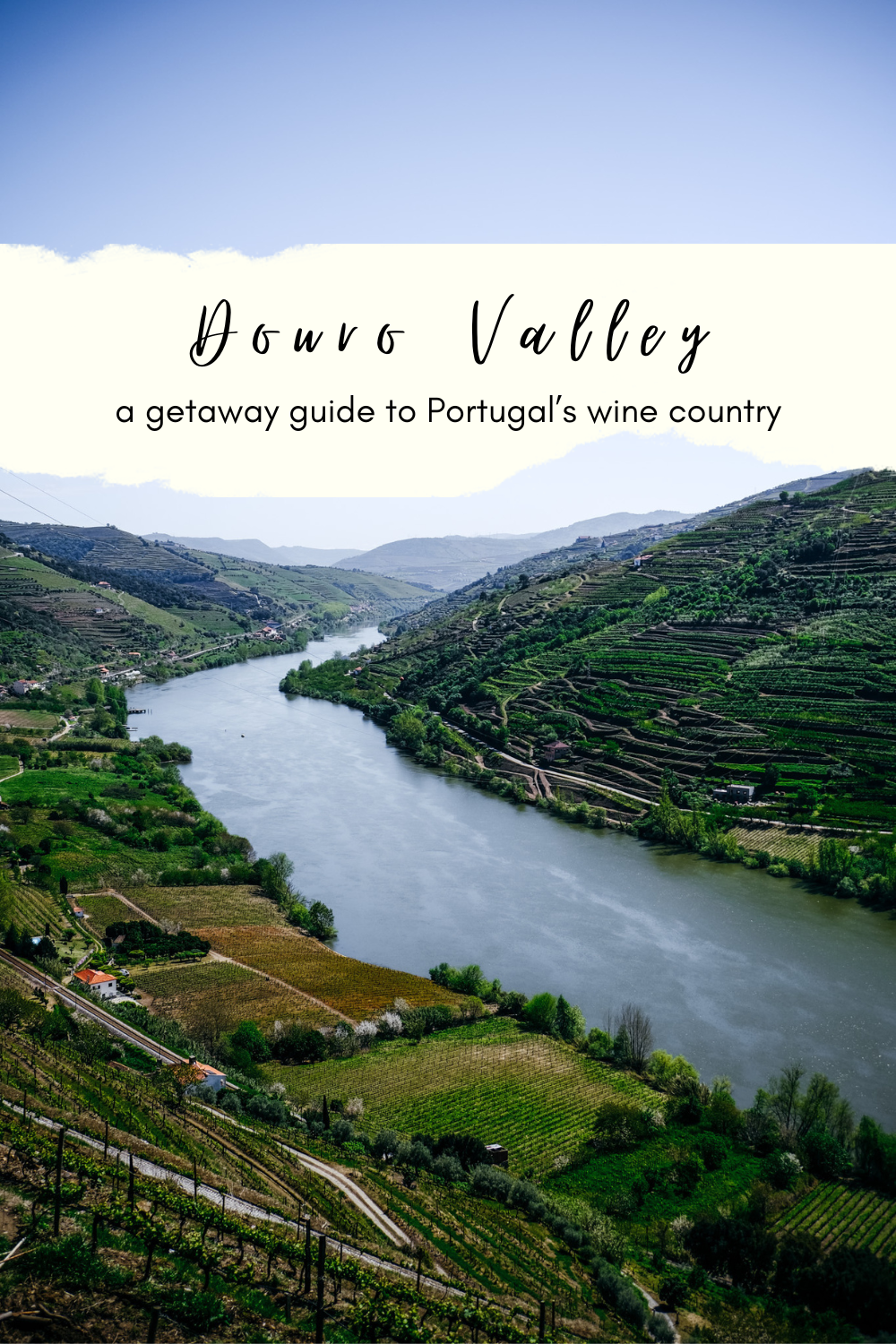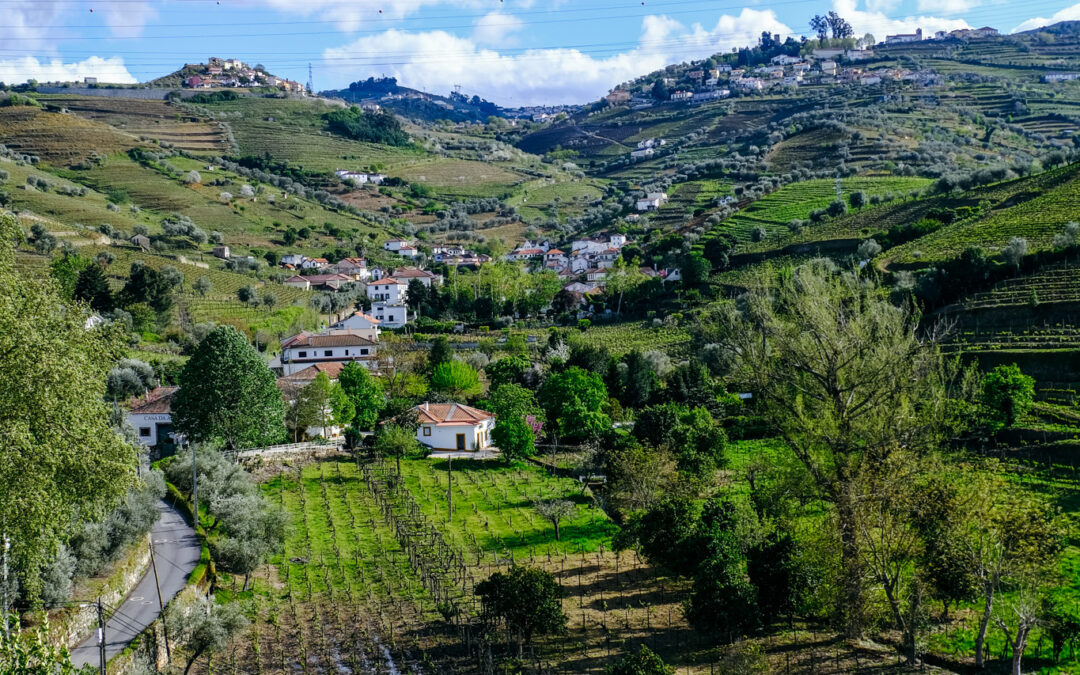There are destinations that are worthy of a thoughtful visit once in a lifetime— and once might just be enough. And then there are places that beckon you right back, even as you depart. Douro Valley is one of those places for me.
Portugal has so much to offer travelers, and many spend most of their precious visit in Lisbon and Porto. I don’t blame them; time is of the essence, and both cities are fantastic. But during our recent trip, our visit to Portugal’s vine-laced countryside was by far my favorite. Located in the northern part of Portugal, just east of Porto, the Valley is a wonderful addition to any Portugal itinerary.
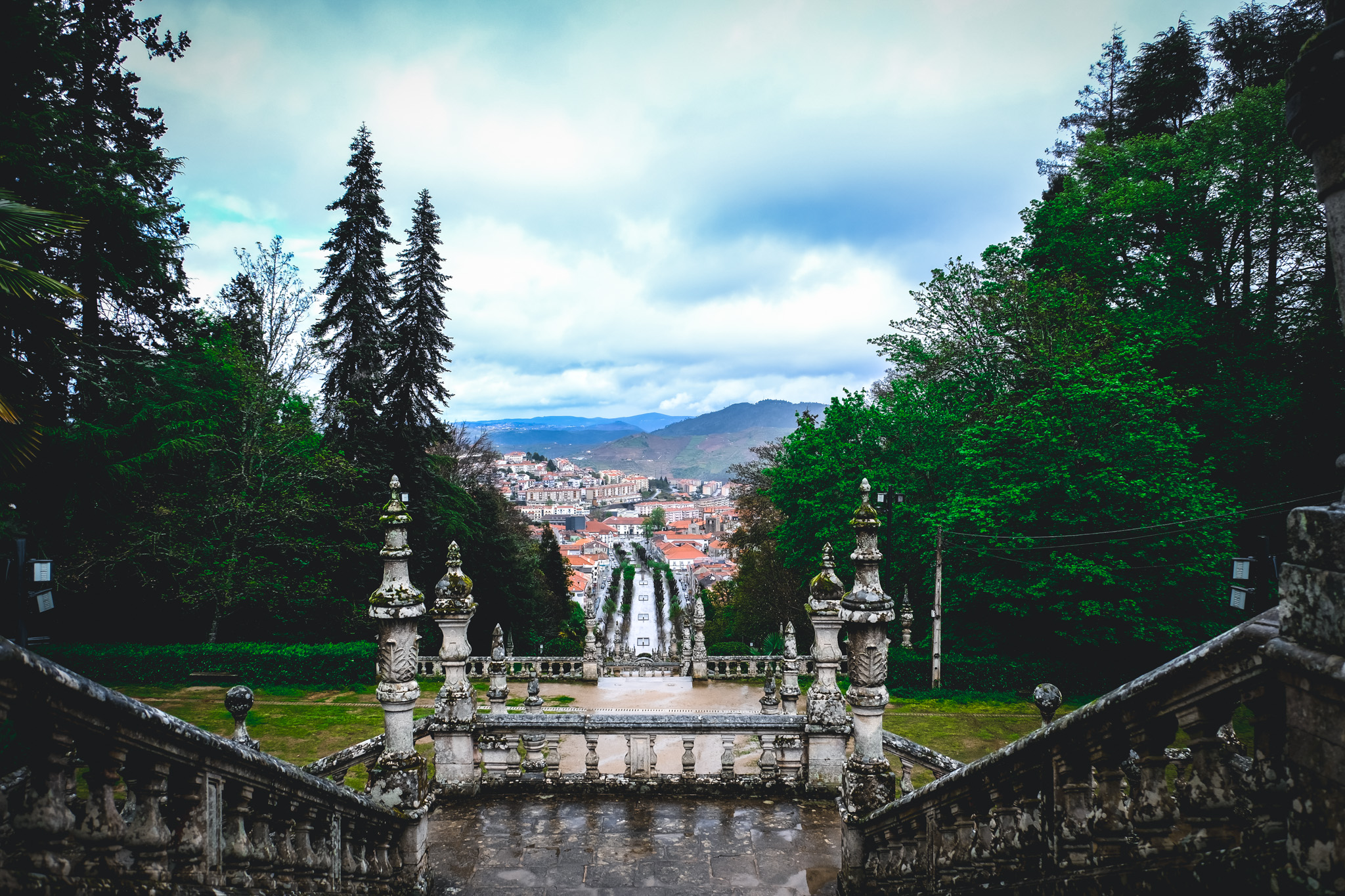
The charm of the Valley comes from its vibrant skies, stunning vineyards, delicious small-batch wine and port, and friendly people. As a wine region it is less touristed than many others (including Napa in my native California), offering a more bespoke experience.
Additionally, it is wonderful for wine lovers, novices, and dabblers like me. The wine is uniquely fantastic and the region is delightfully unpretentious: people just love sharing wine and make it really well! Give it a couple of days and the Douro Valley will capture your heart too.
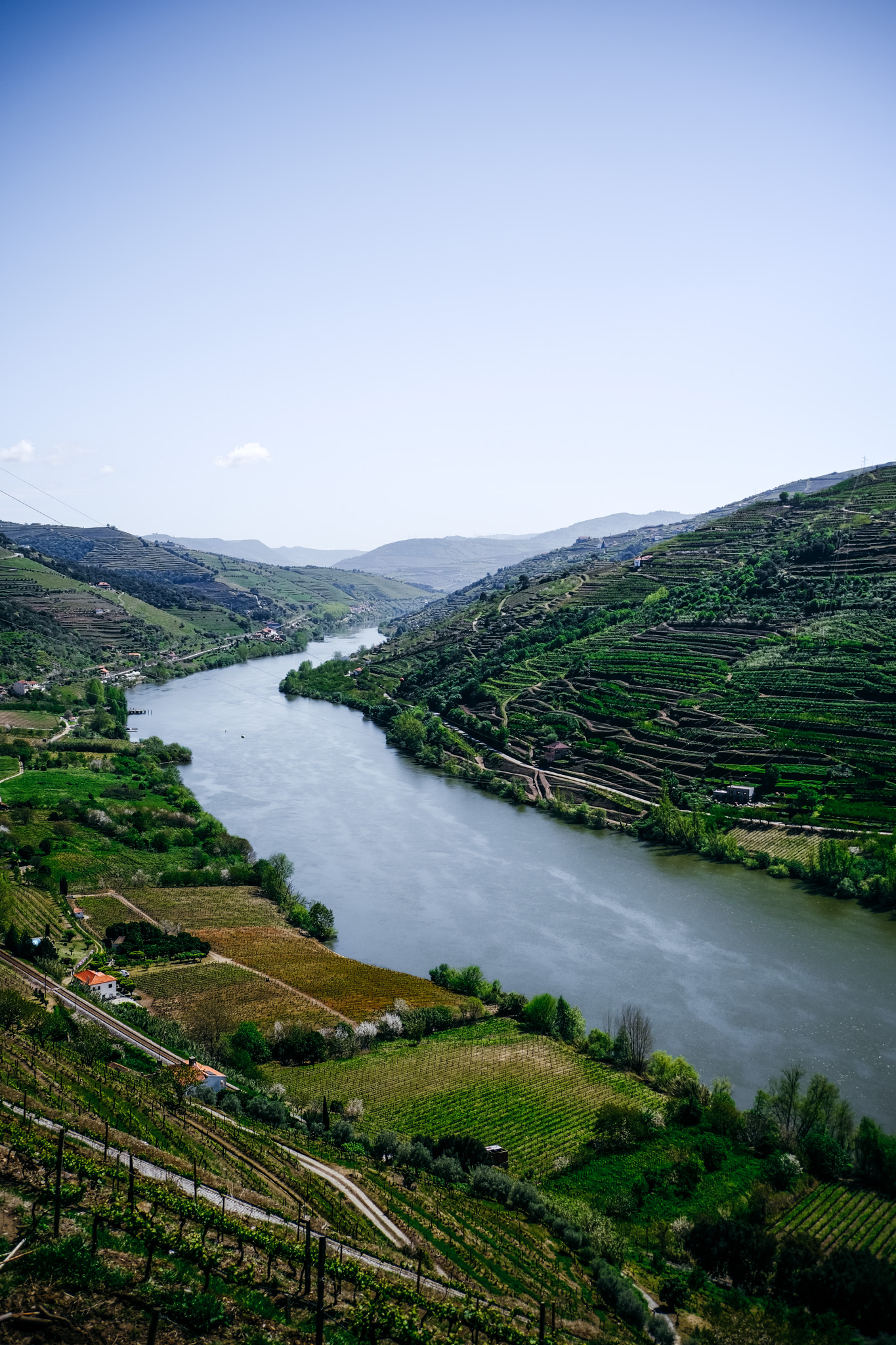
Table of Contents
How to visit Douro Valley, Portugal
Douro Valley, which cradles the Douro River, is a vast area. It’s impossible to cover it in just a couple of days. Sure, there are day tours from Porto, but I’d recommend driving if you can and spending at least two nights. It’s also best to go with a companion or two if you’re planning to taste wine.
For our brief several days, we drove from Lisbon to Lamego, which sits right at the beginning of the Douro Valley. As a small town, Lamego has its own charming sights to offer and several tasty restaurants, not to mention a range of accommodations to choose from. We stayed at Lamego Hotel and Life, a simple and comfortable spot with easy access to town.
If we were to go back, we would stay at one of the quintas (vineyards), or go from quinta to quinta throughout the region. These smaller scale vineyards are lovely because they offer bed-and-breakfast operations hosted by the families themselves, giving you a hyperlocal experience. The downside is that many of these are not very easy to find without a little bit of research; we found one that we thought was lovely, though— more on that below.
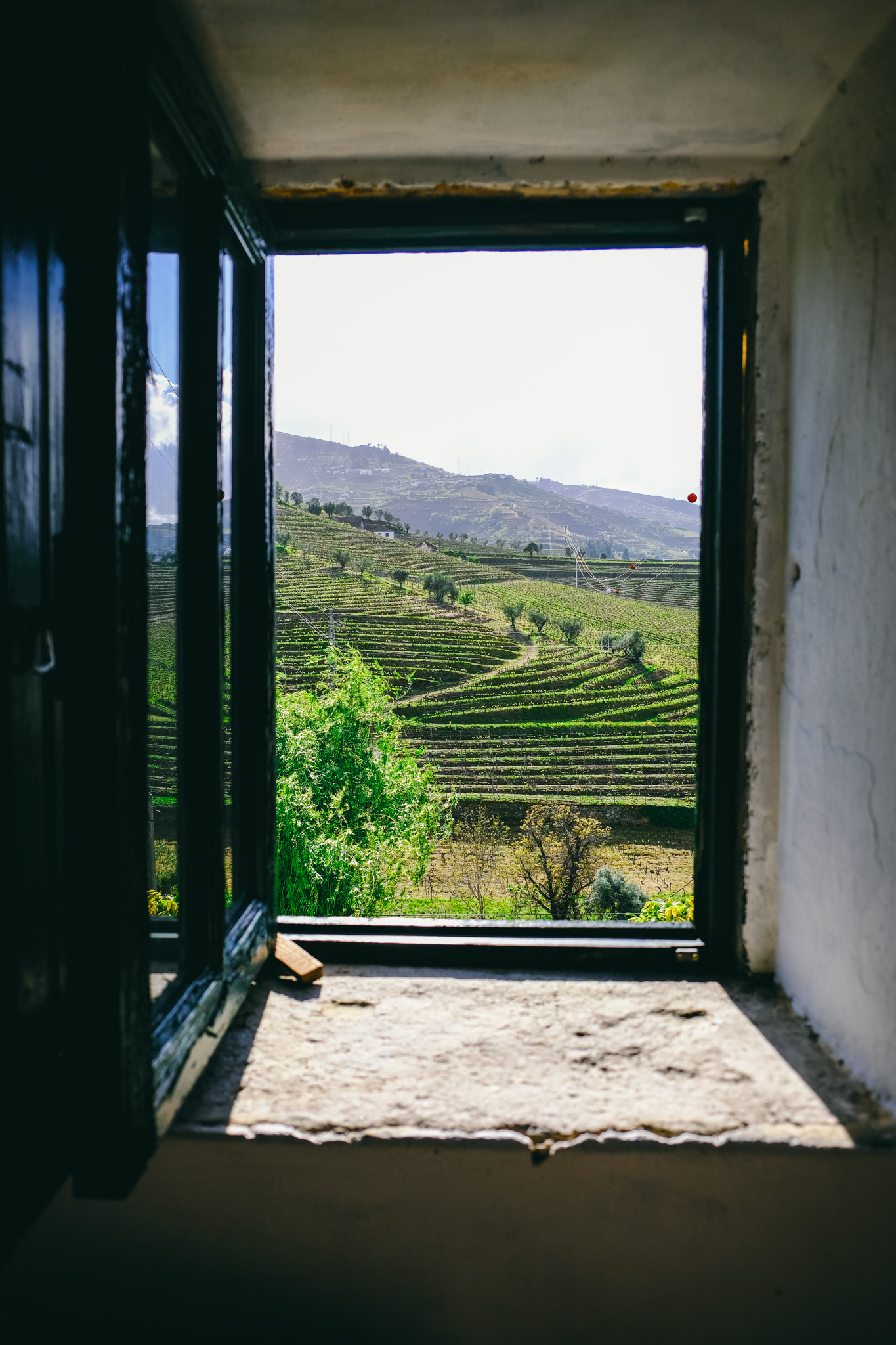
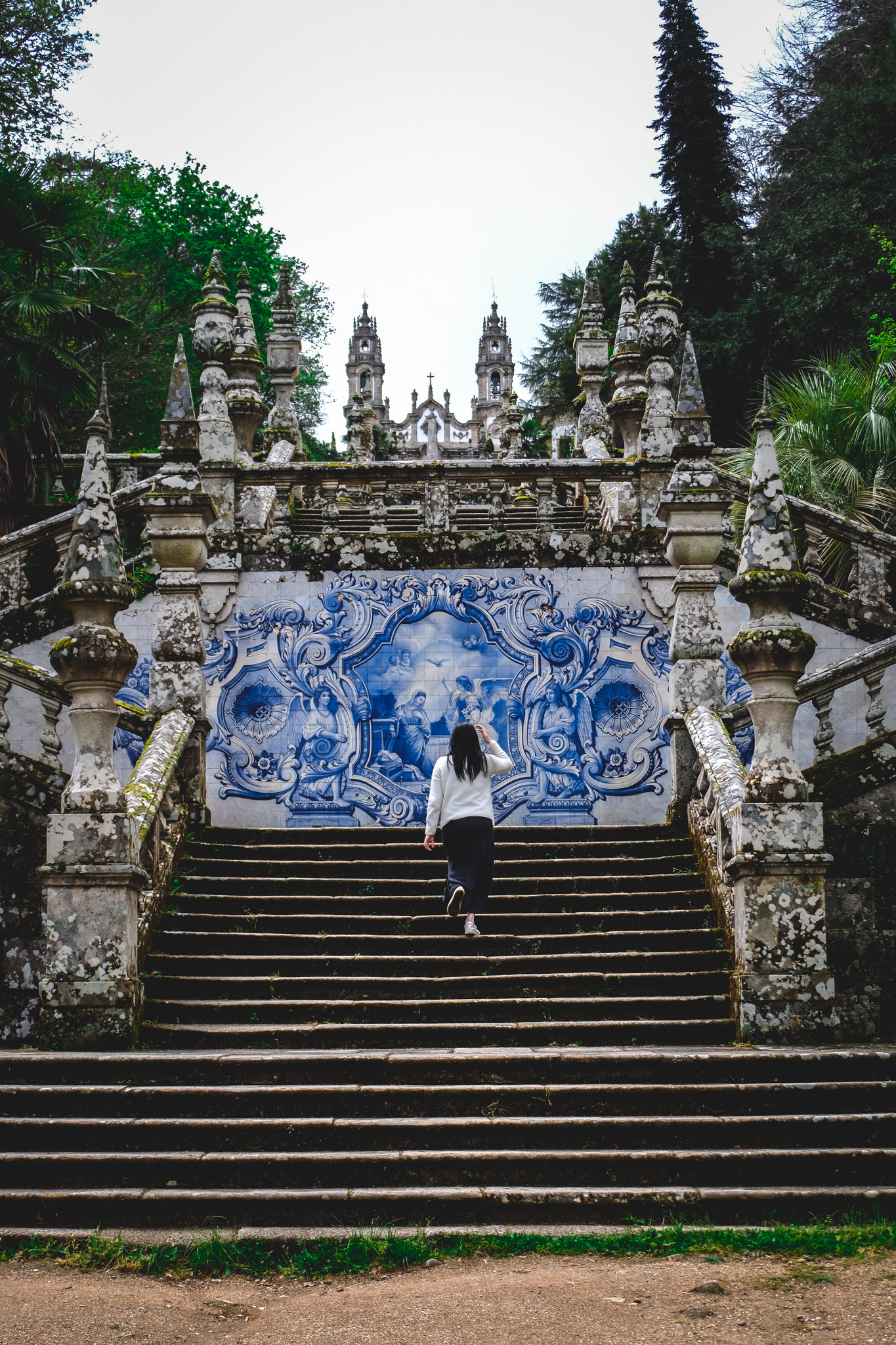
What to do in Douro Valley
Taste wine and port at a beautiful quinta (or three)
Despite having done very little planning prior to heading to Douro Valley, we found Quinta do Fojo through a wine enthusiast forum and reached out to see if we could visit for a tasting. The hostess, Elisabete Sancho Saraiva, was so lovely and welcoming. She grew up at the quinta and is currently single-handedly running it!
When we arrived, she greeted us and taught us about the vineyard, how wine was made as she was growing up, and the ins and outs of life in the Douro Valley. It was here that we discovered that many of the exquisite wines grown by small-to-medium producers never make it out of Portugal.
Upon tasting, we realized that these smaller-scale wines are treasures— just like the families who steward the vineyards. The land is cultivated with such care and pride. And naturally, the wine is deliciously complex. Unlike many other regions, each wine is usually a blend of grapes from each vineyard, so they aren’t really comparable to wine from anywhere else. That’s part of what makes it special.
You can stay with Elisabete on her vineyard (here’s her booking site), and we wish we had! Since smaller-batch wine producers don’t sell outside of Portugal, we purchased a couple of bottles and somehow made it back with our carry-on-sized suitcases. We’ll be saving them for a special occasion.
\
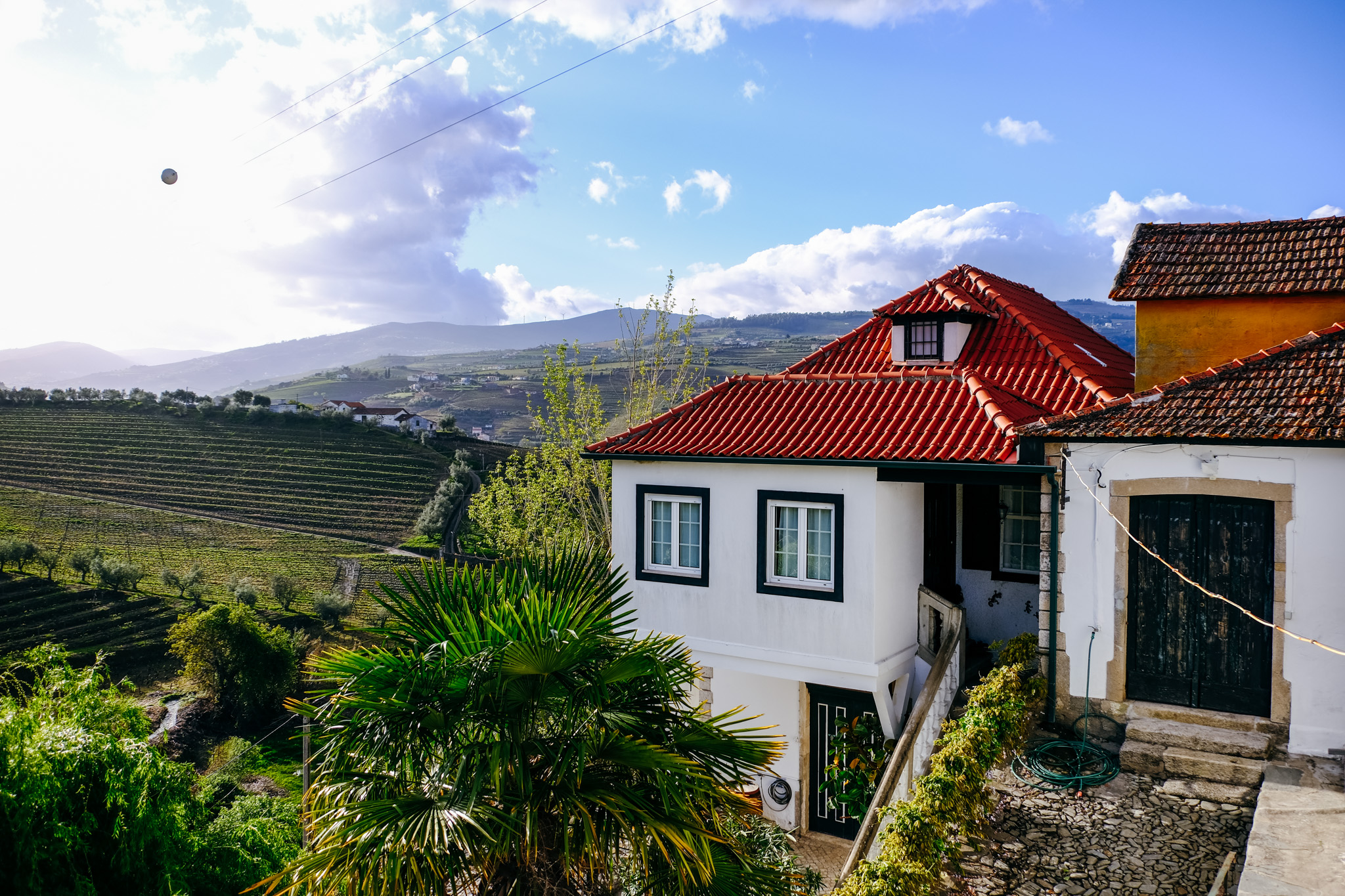
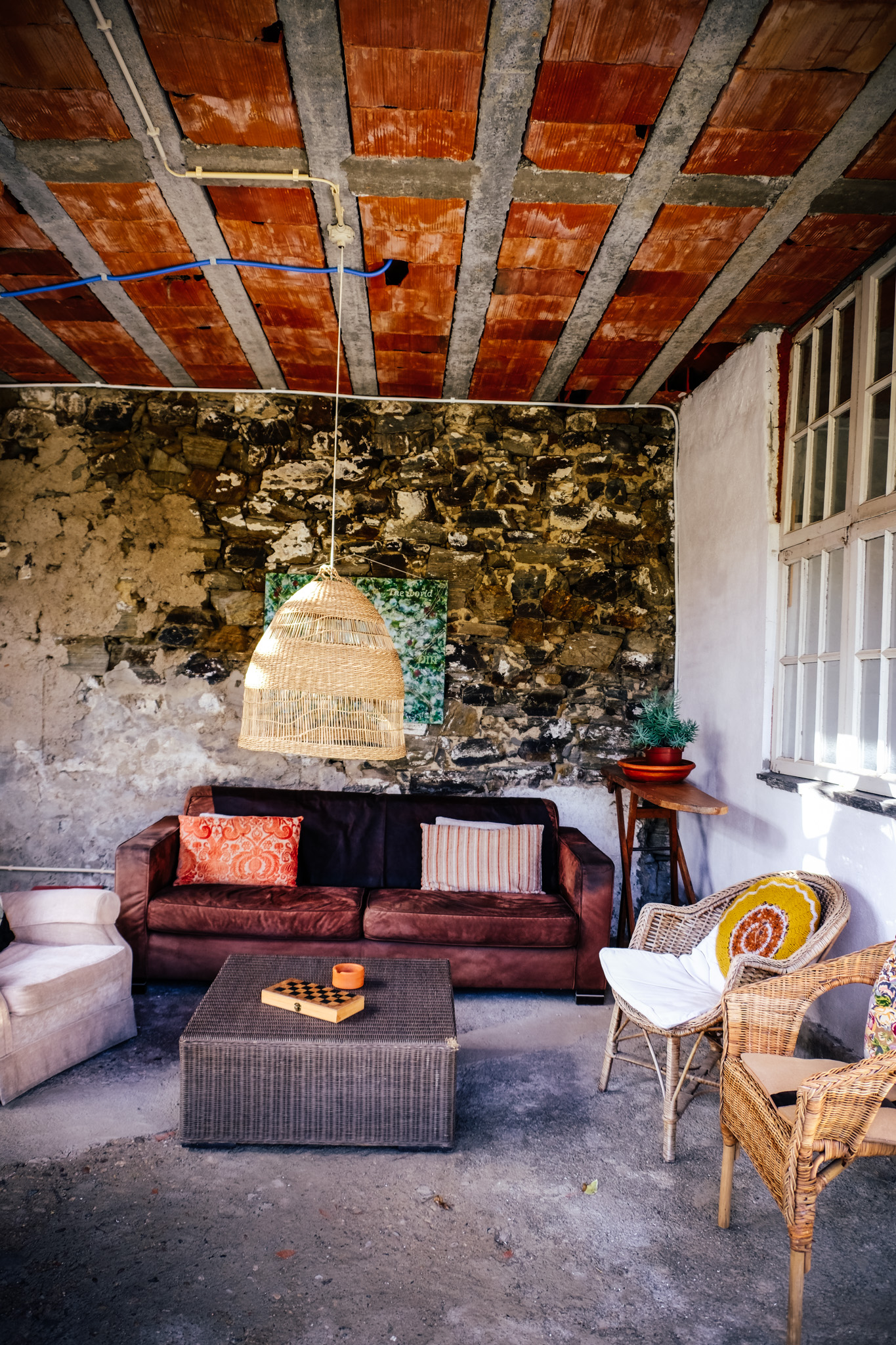
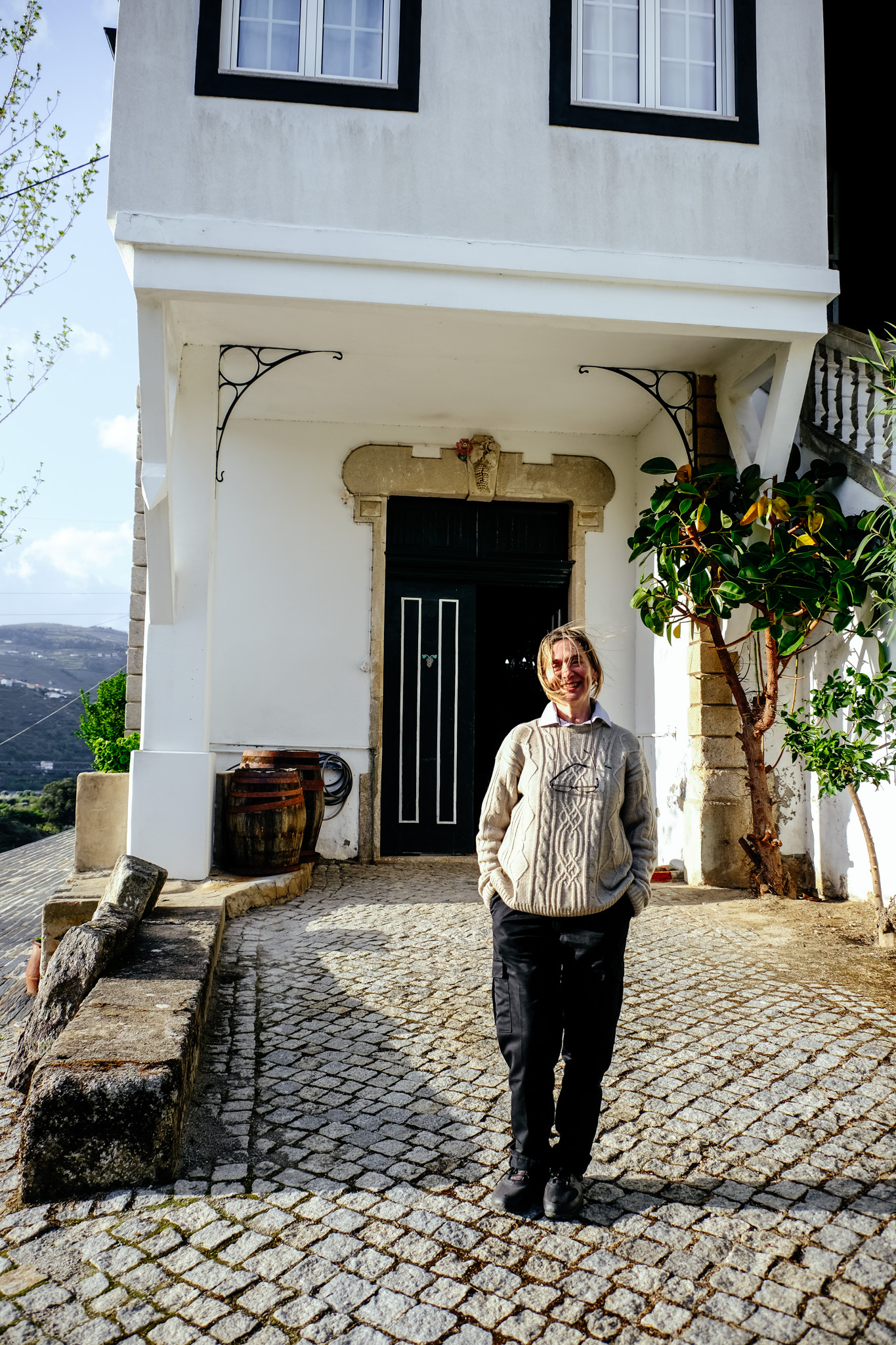
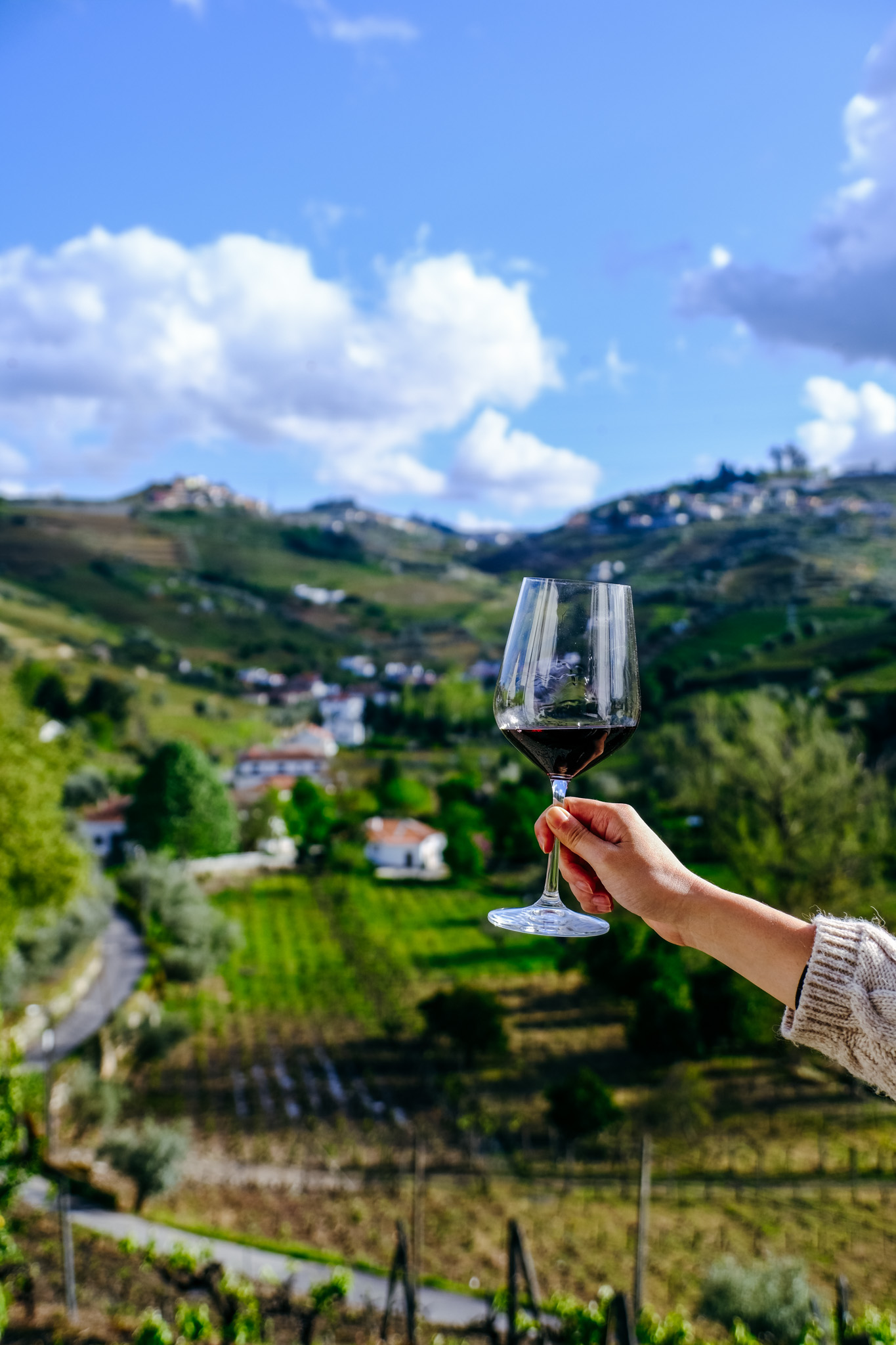
Linger at Lamego’s Santuário de Nossa Senhora dos Remédios
This beautiful church is perched at the top of a hill, with hundreds of steps to climb. The good news is that the view just gets better and better as you ascend. Some of the landings have tiled walls, making it even more enjoyable.
The Santuário de Nossa Senhoro dos Remédios was built in 1777 but only completed in the 20th century. Religious worship there dates back to 1361, however— and you can certainly feel the sacredness of the surroundings as you visit. There’s a lovely park off to the side of the staircase as you go up, offering picnic tables, water features, and soft dirt trails. Wander off and enjoy the kinship awaiting you there.
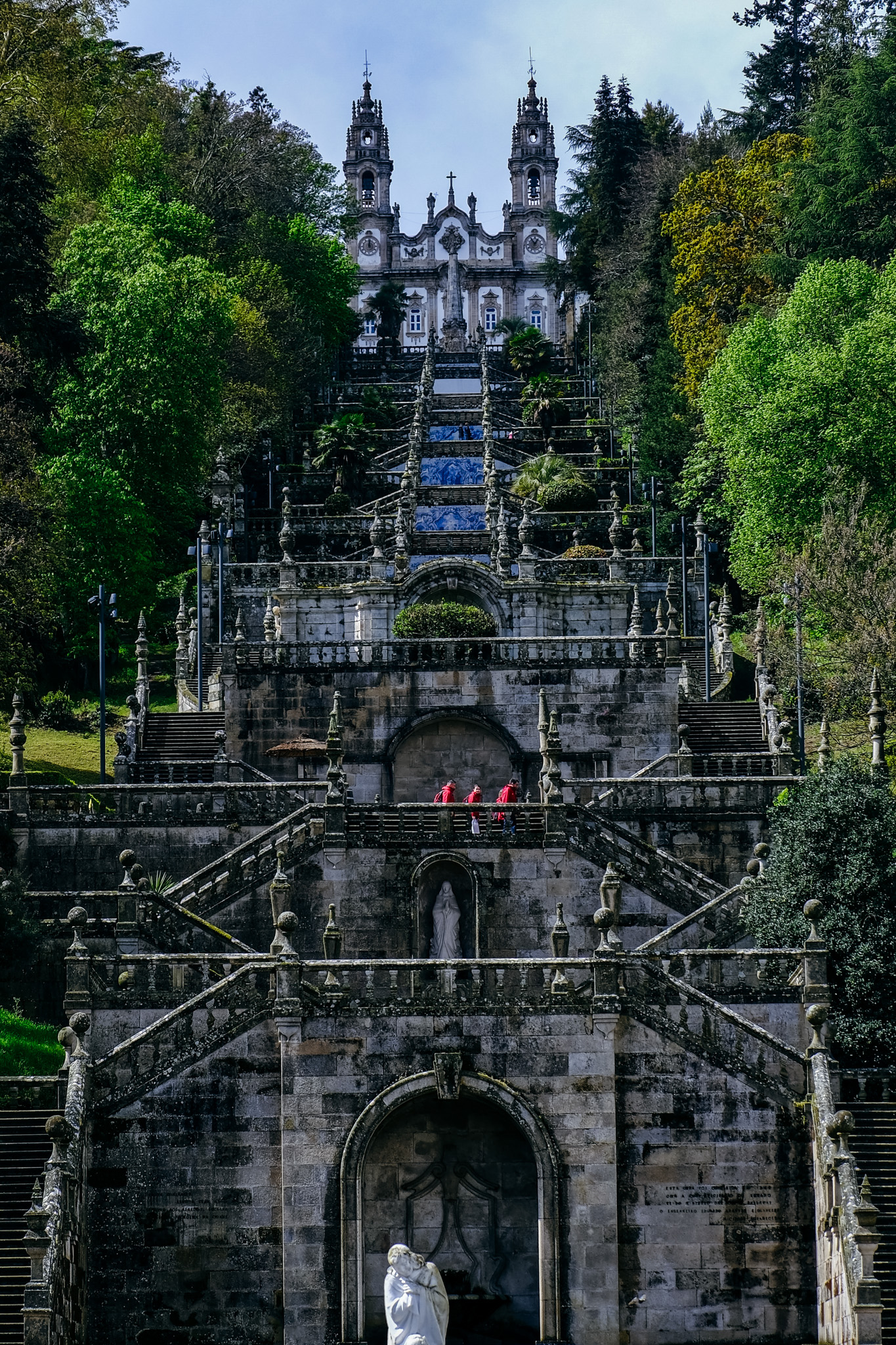
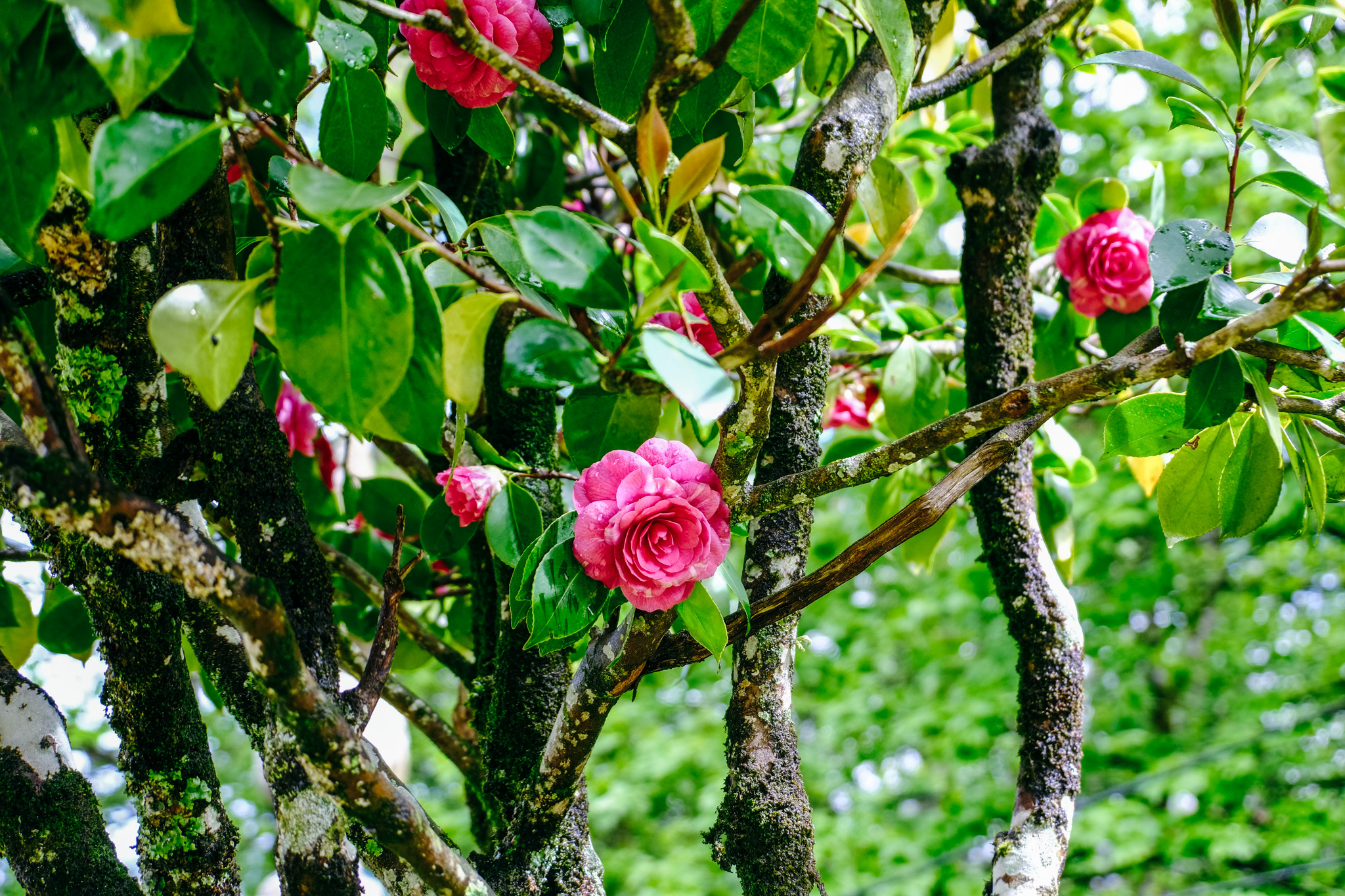
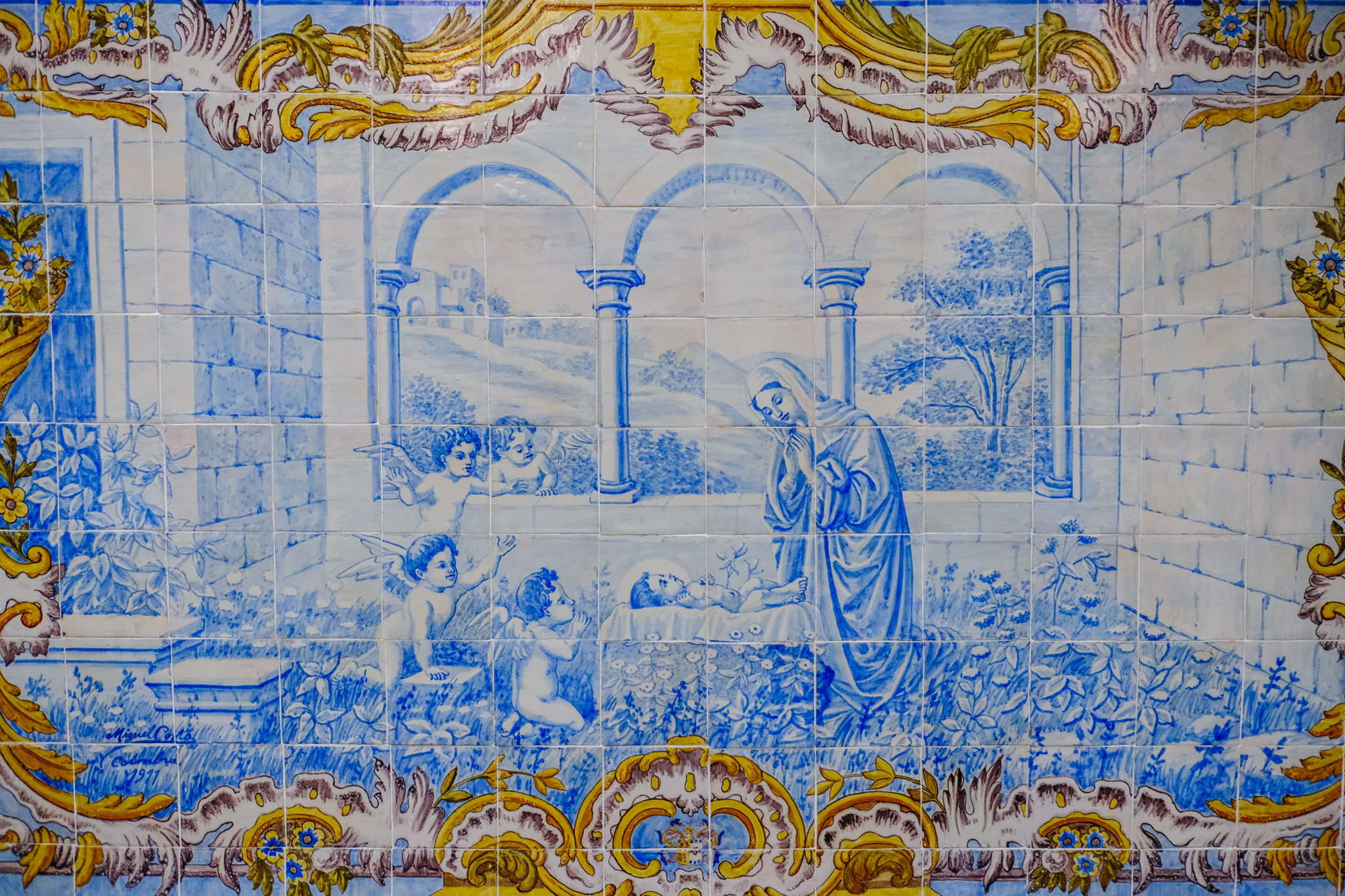
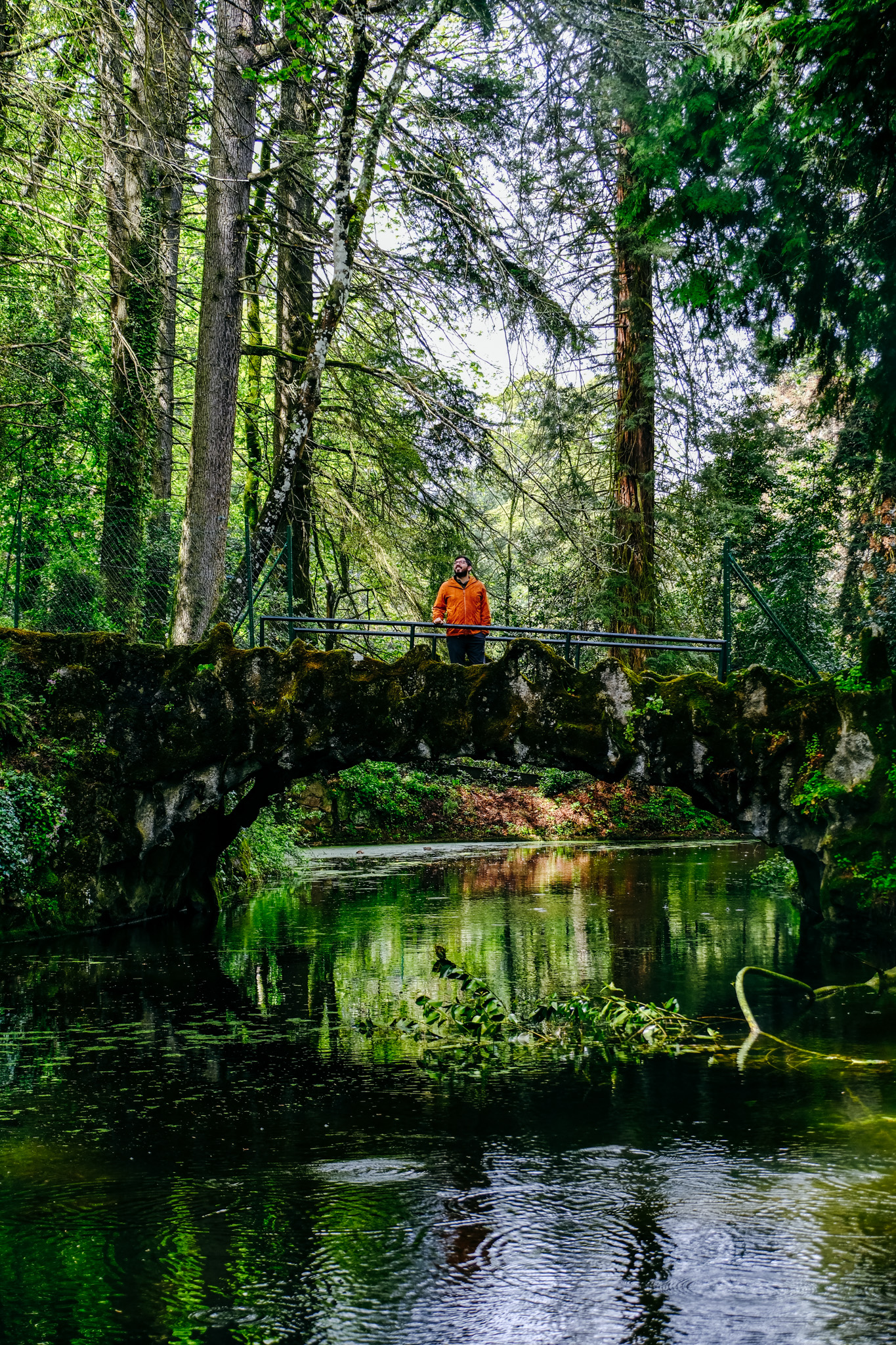
Take in the scenery at a miradouro
If you’re feeling up for the drive, there are lots of viewpoints (miradouros) that dot the Douro Valley. One of the easiest ways to find them is to input “miradouro” into Google Maps wherever you are, and see where they pop up.
The best time to see the valley beautifully lit up is from the late afternoon until sunset. Be aware that driving around the Douro Valley can require a bit of gumption. We found ourselves going up pretty steep hills (the roads are good) so be sure to rent a car that can handle uphill driving! It is well worth it, and as many visitors only come on day tours, you’ll likely be the only ones taking in the view.
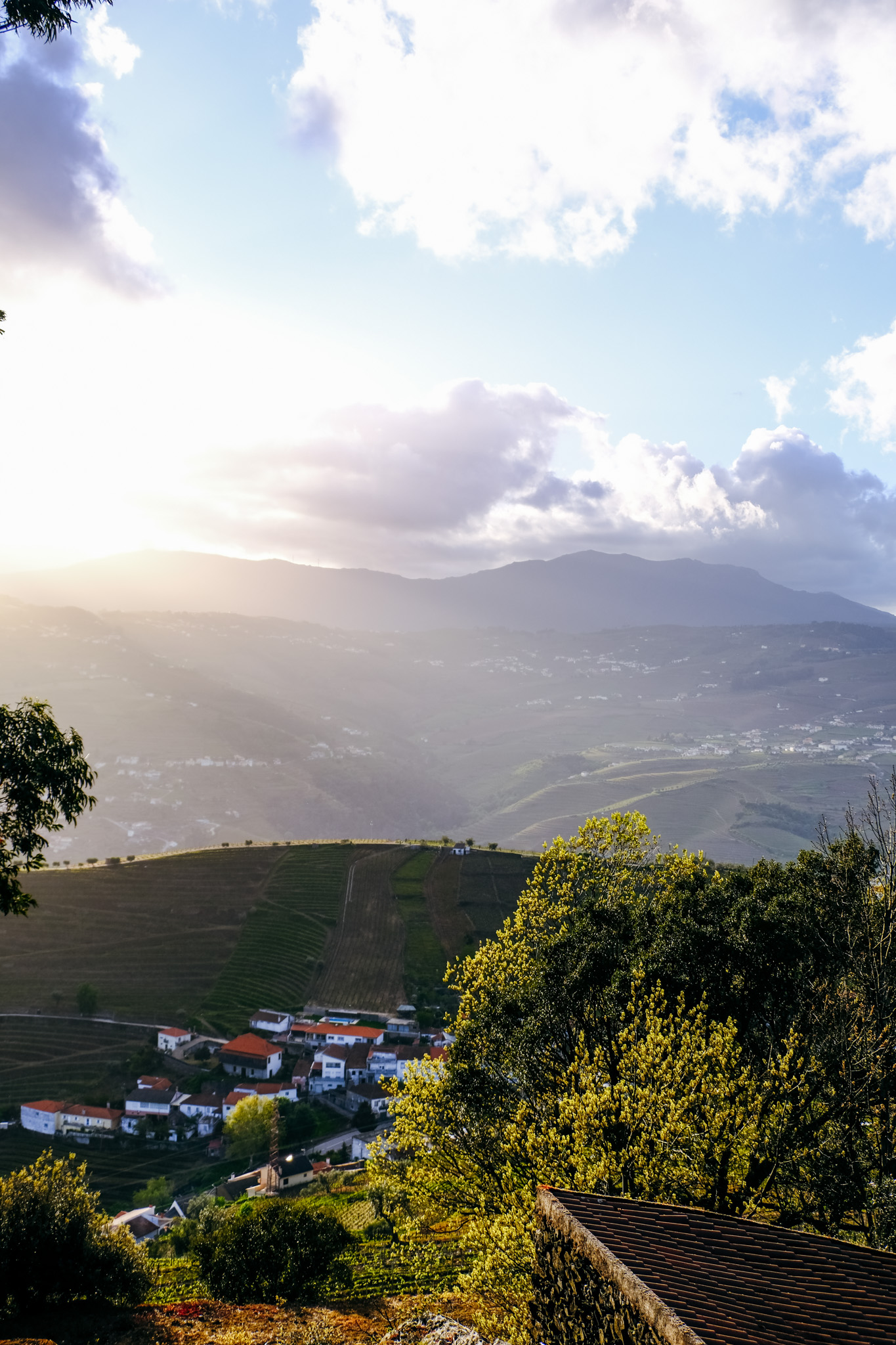
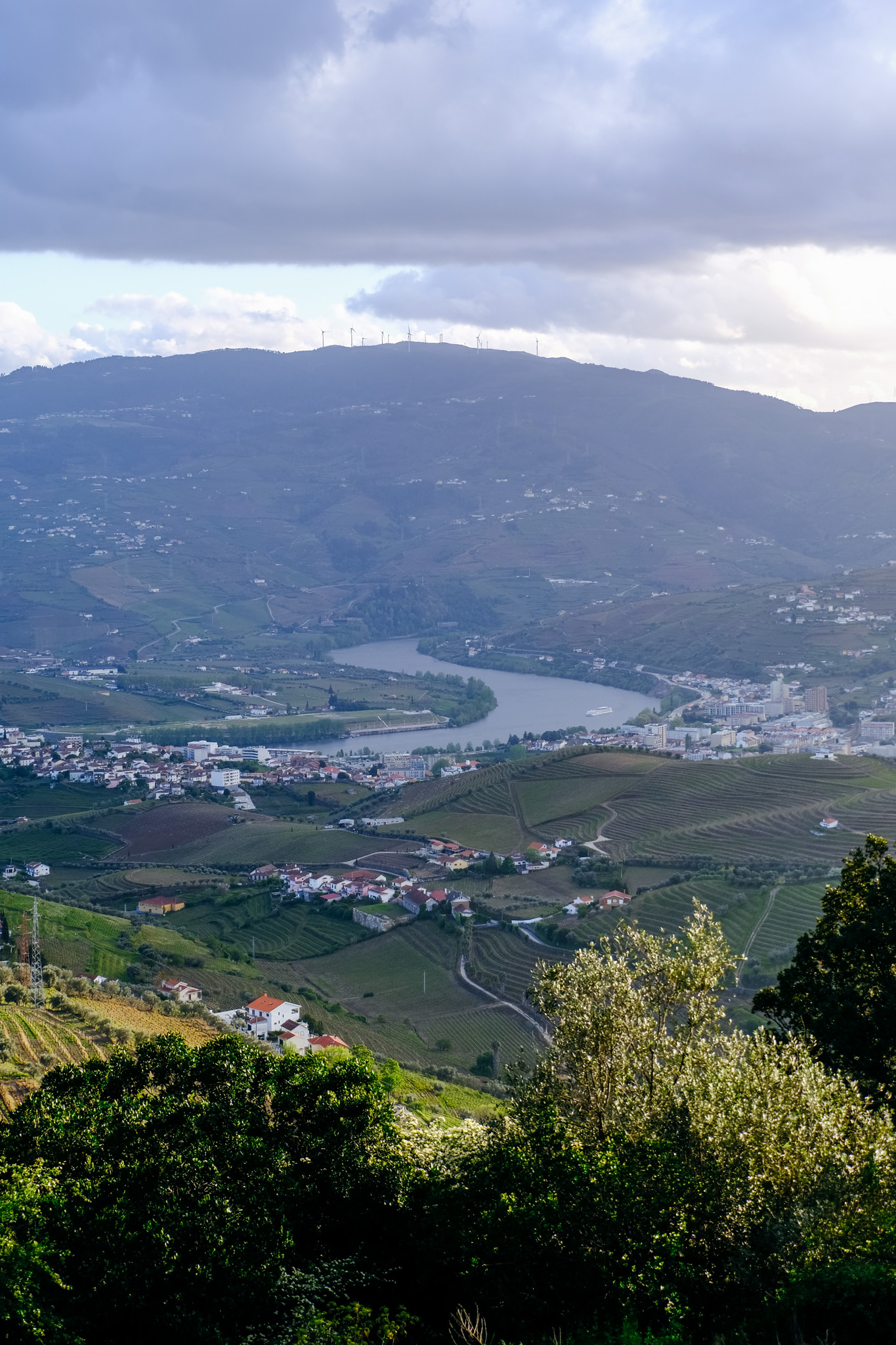
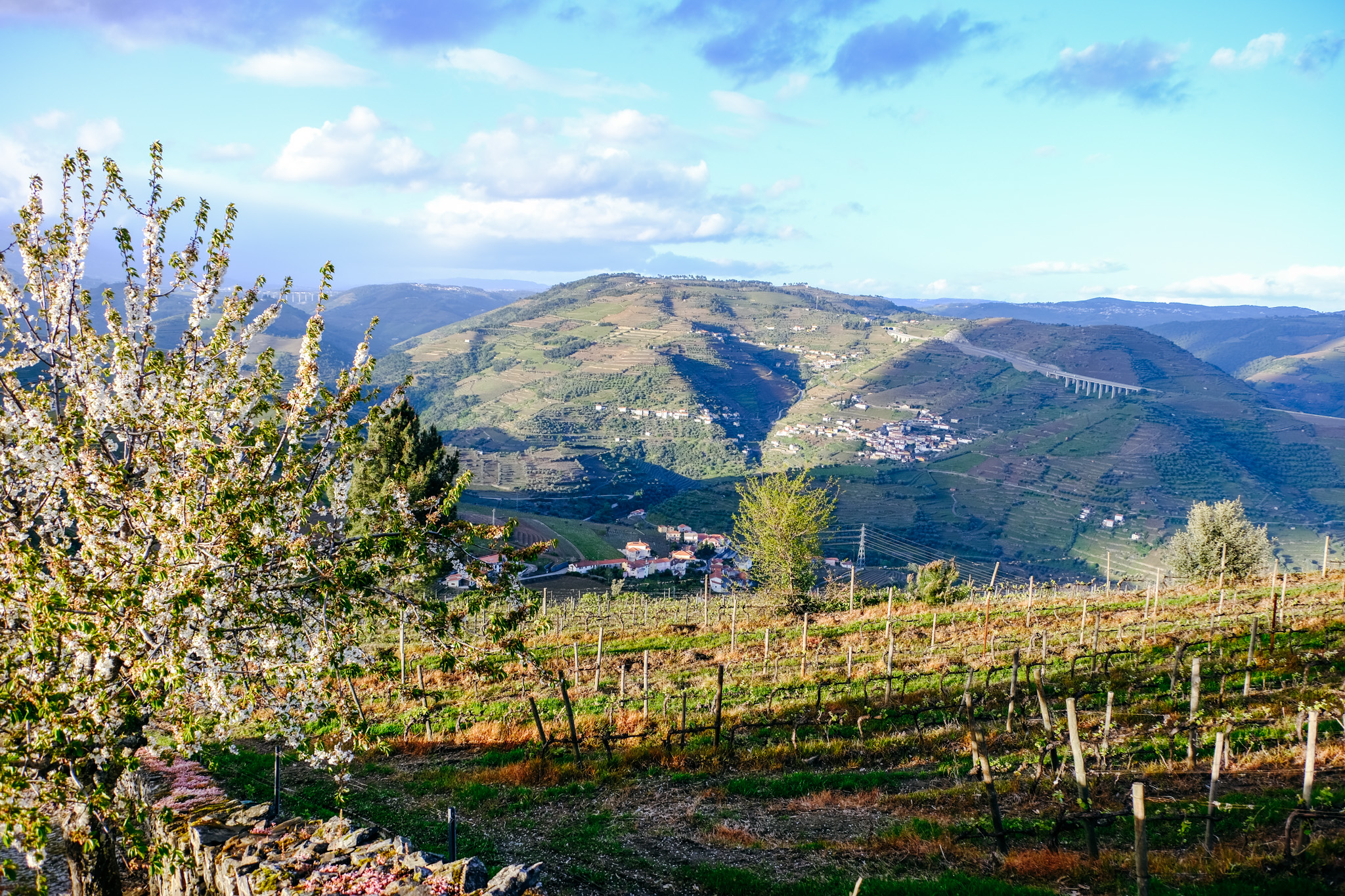
Chat and reminisce over a long dinner
The joy of staying in the Douro Valley is that once the sun sets, there’s not a lot to do. And so you can take your time at dinner, enjoying a couple of different wines and the delightful dishes served with them. In Lamego, we loved the food and hospitality at DOC, Boémia Bistro, and Aneto Wines.
DOC presents beautiful food riverside— go before sunset to catch the view as you dine. Boémia Bistro is right near the Santuário de Nossa Senhora, so you can have lunch or dinner there easily! And finally Aneto was a recommendation of the lovely Elizabete at Quinta do Fojo, and their wines were fantastic to try!
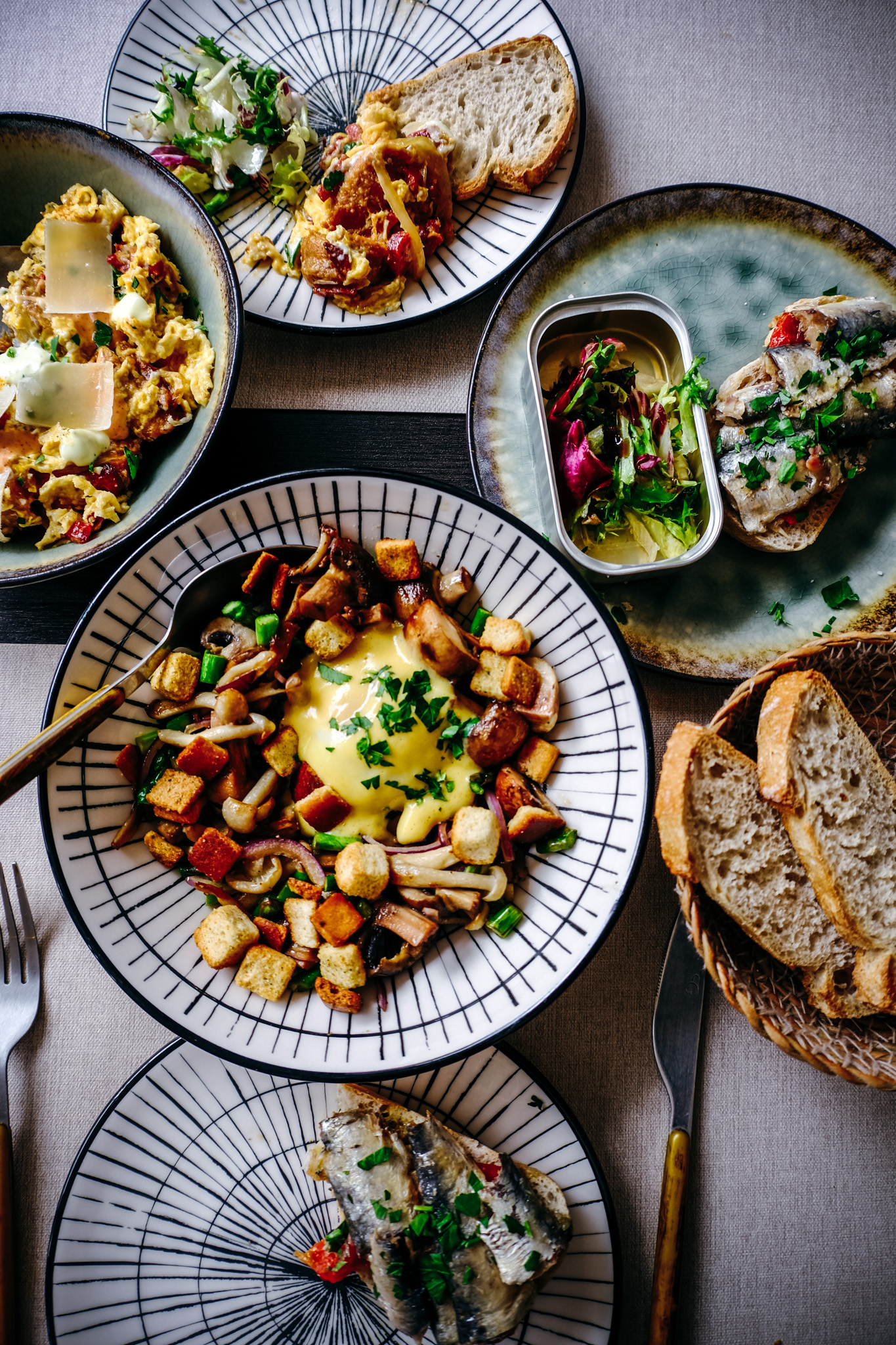
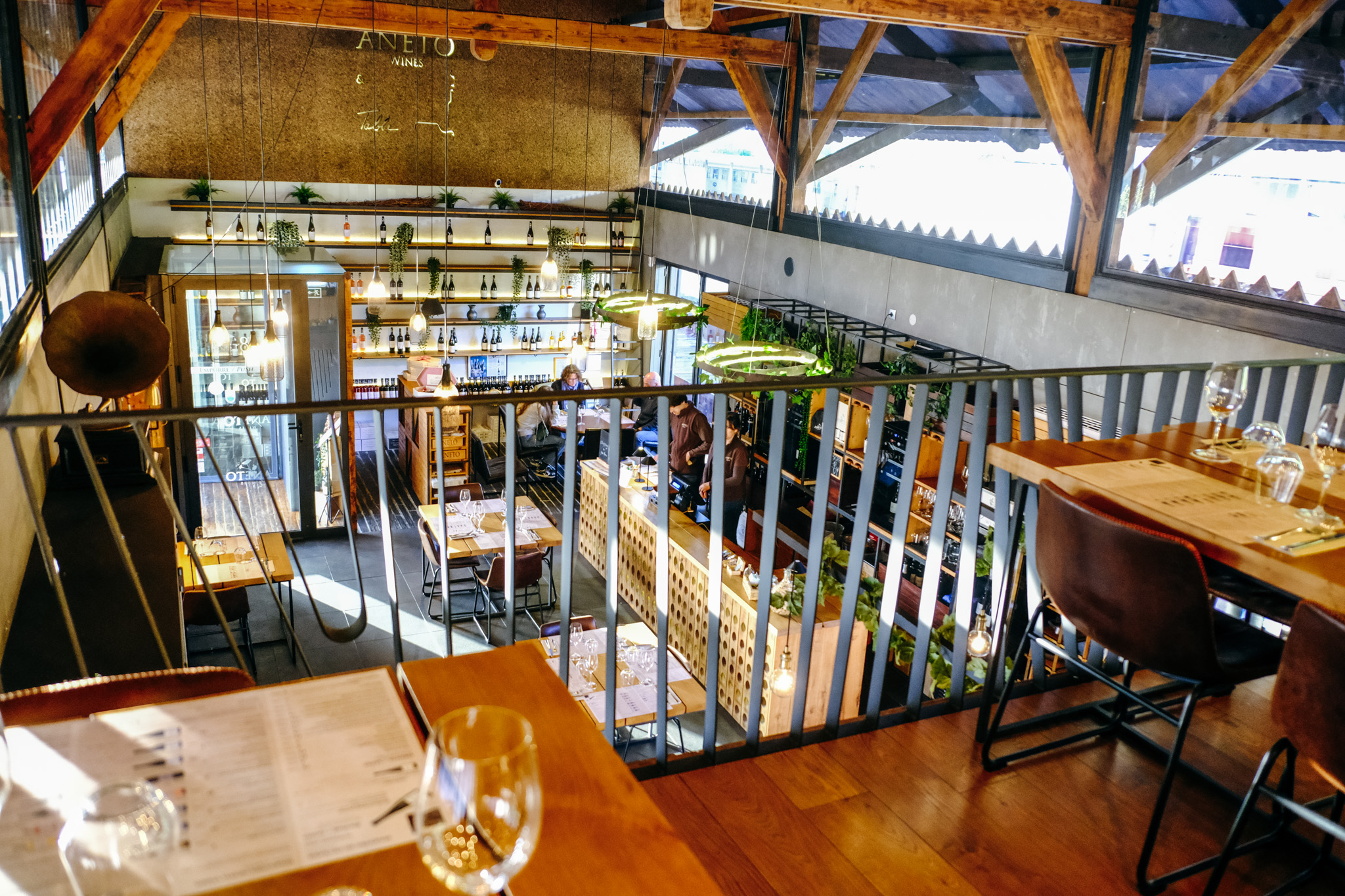
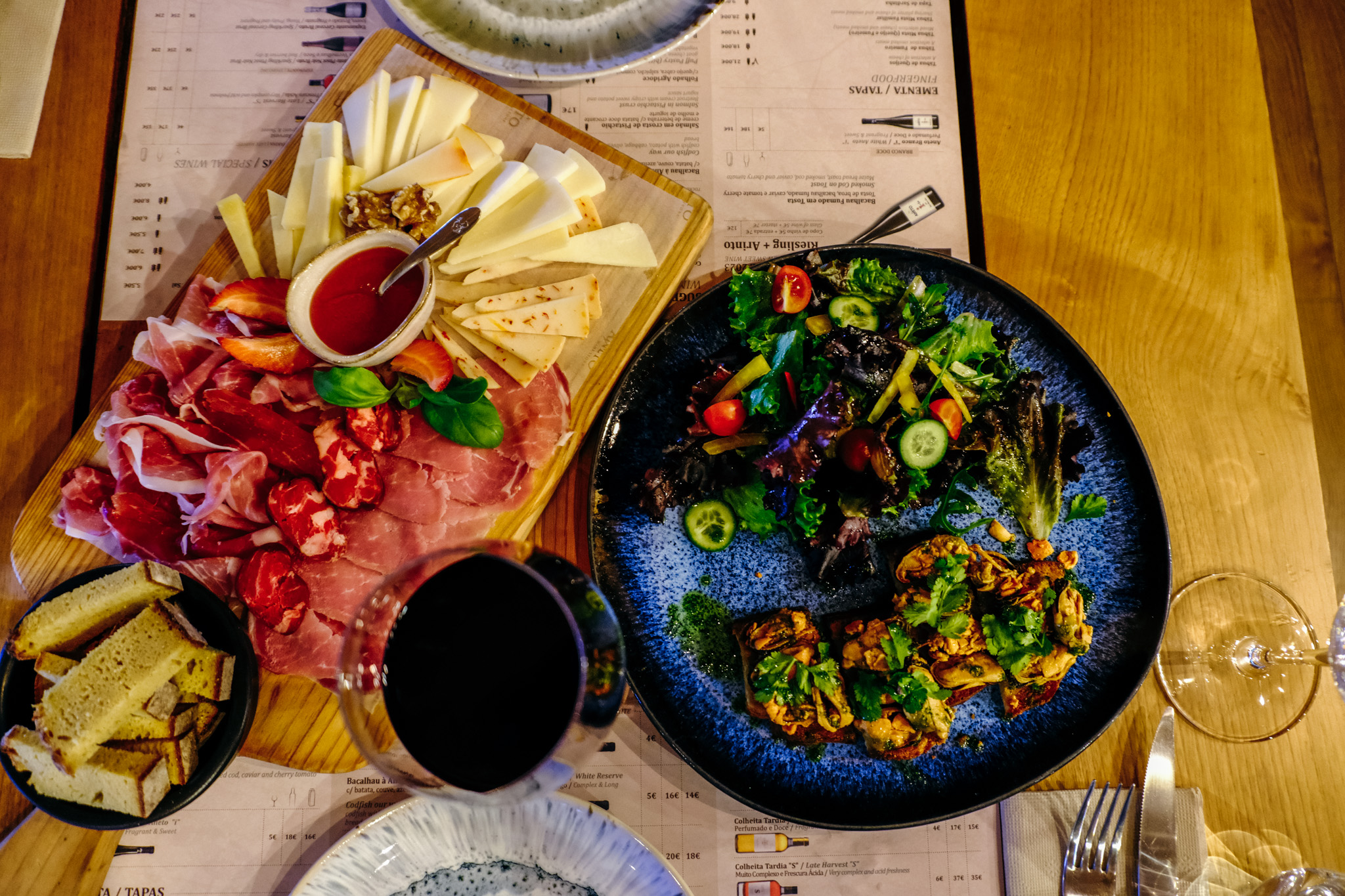
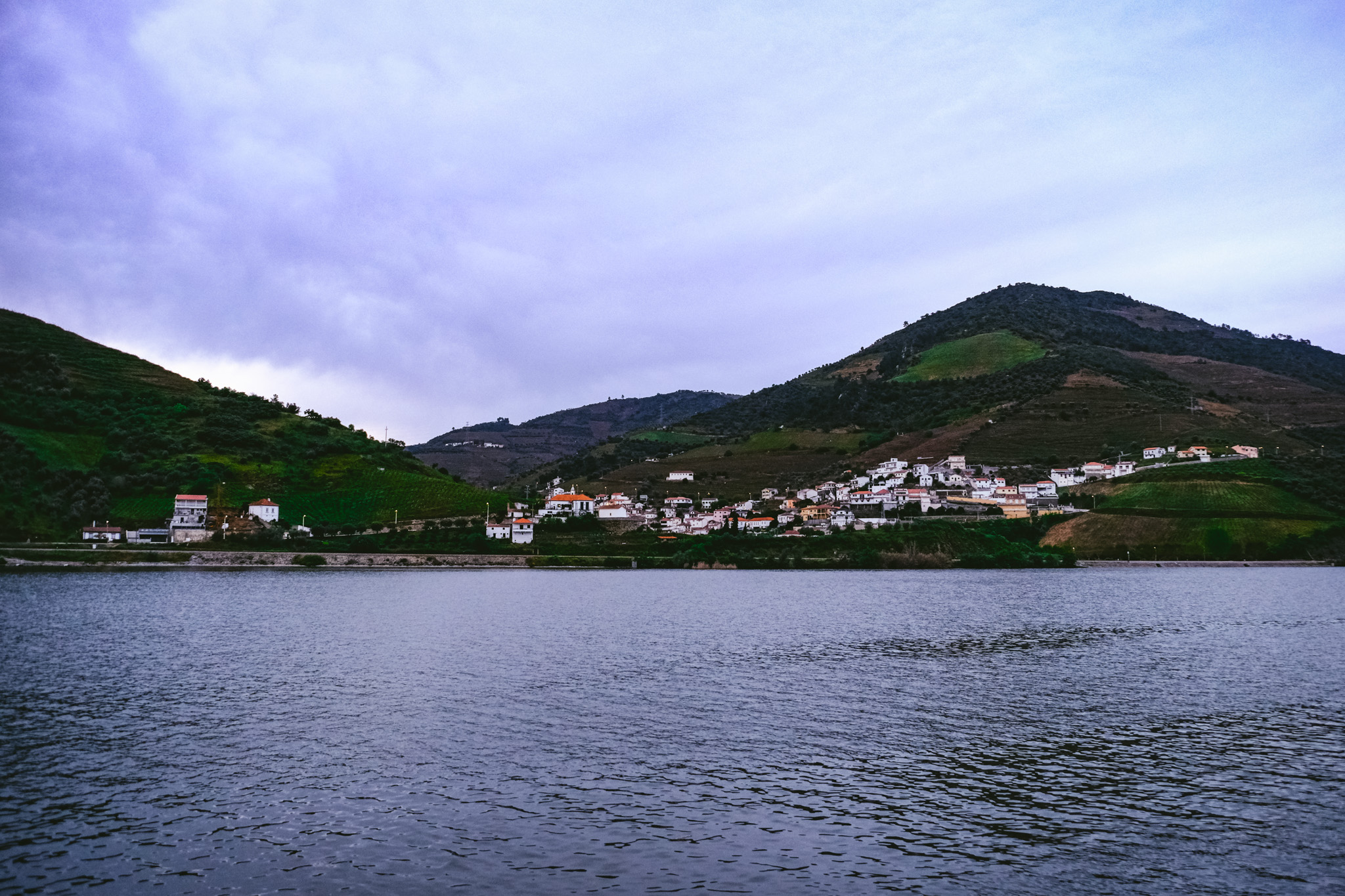
Make Douro Valley your own
More should be written about the Douro Valley, both in print and online. I’ve yet to find a recent book or article by someone who has carefully visited even a fraction of the small-to-medium size quintas and tasted their extraordinary creations and absorbed their stories. Maybe one day soon, someone will.
Until then, we may just have to travel the old-fashioned way— staying with locals, seeking their advice, and discovering our journey as we take it.
